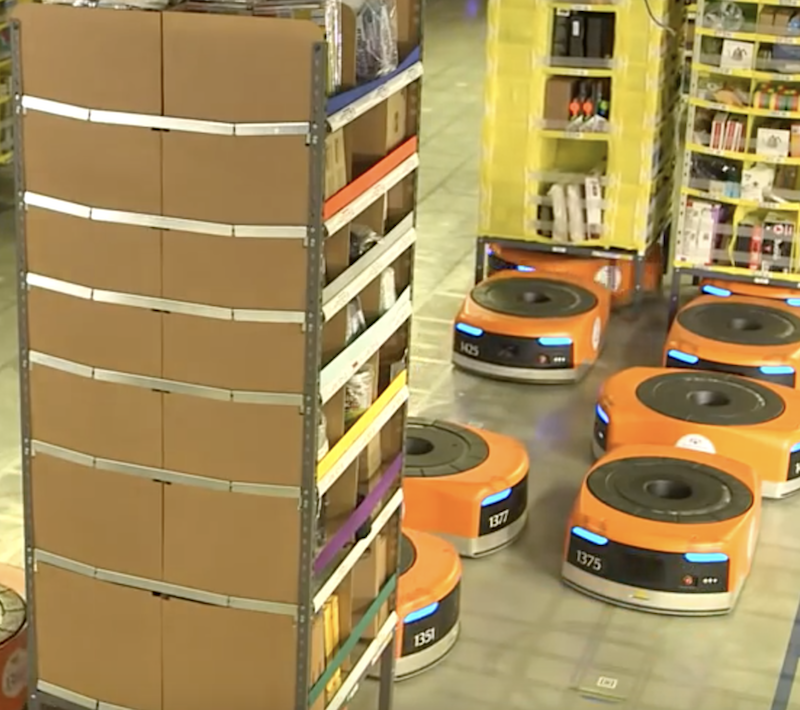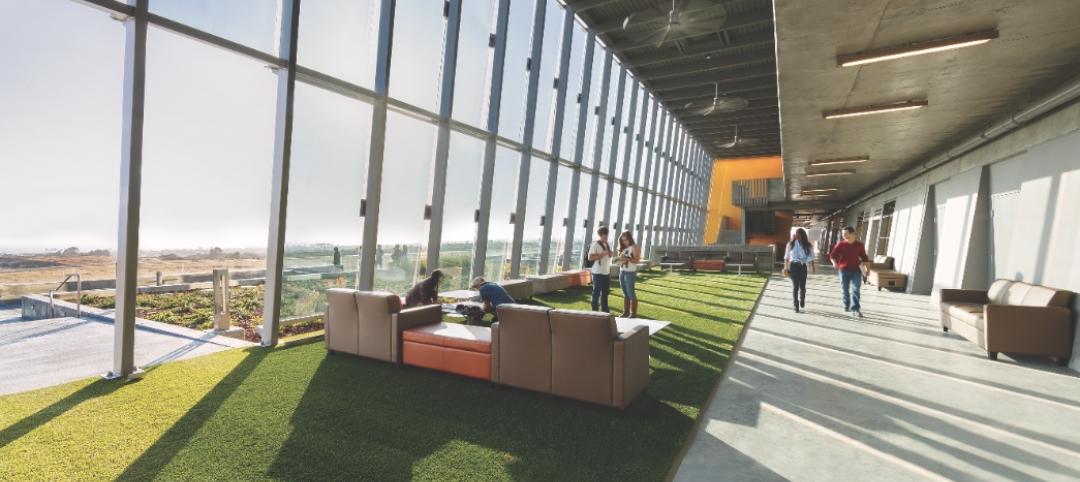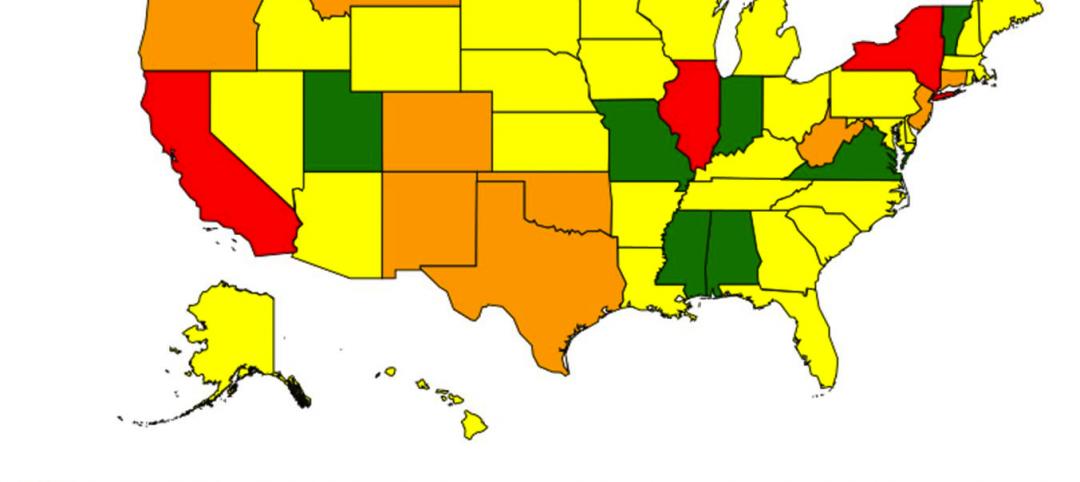Machine learning is enabling a new era of warehouse automation, as operators test artificial-intelligence-powered robots to help speed e-commerce orders.
An article posted earlier this week in the Wall Street Journal’s WSJ Pro section examines how logistics providers and retailers are deploying robotics to limit the number of steps their warehouse workers take and to execute more nuanced tasks long thought to be possible only by human hands.
Most warehouses still rely on human labor. But with the need to fill accelerating online orders, operators are looking for new, more efficient ways to manage distribution. Enter robotics: ROBO Global, a research and investment advisor, estimates that annual spending for warehouse and logistics automation, now at $46 billion, could surpass $75 billion by 2022.
Some examples of where the market may be headed, according to WSP Pro:
• XPO Logistics, with 1,529 locations and over 98,000 workers worldwide, is rolling out 5,000 AI-equipped robots that can deliver shelves full of products to workers.
• Rakuten Super Logistics—a division of the Japan-based online retailer Rakuten, with fulfillment centers in eight U.S. cities—is using robots to deliver bins full of products to workers who pick individual items for delivery.
• So-called collaborative robots that work in tandem with humans are also gaining popularity among warehouse operators, especially to manage seasonal workflows. XPO is using these robots to help guide workers through warehouse aisles, lighting up when they reach the next item to pick. Rakuten Super Logistics began using 40 “cobots” at its Las Vegas warehouse before the recent Christmas rush, and found they could handle increases in volume without adding temporary help.
Related Stories
Office Buildings | Jun 1, 2015
Can you make a new building as cool as a warehouse?
Just as we looked at that boarded up warehouse and thought it could be something other, office towers can be reborn, writes CannonDesign's Robert Benson.
Mixed-Use | Apr 7, 2015
$100 billion 'city from scratch' taking shape in Saudi Arabia
The new King Abdullah Economic City was conceived to diversify the kingdom's oil-dependent economy by focusing more in its shipping industry.
Contractors | Feb 6, 2015
Census Bureau: Capital spending by U.S. businesses increased 4.5%
Of the 19 industry sectors covered in the report, only one had a statistically significant year-to-year decrease in capital spending: the utilities sector.
Warehouses | Feb 5, 2015
Self storage facility designed to blend in with Miami Beach's party scene
The plans by architect Gutierrez & Lozano are of a sleek, boutique-looking, 22,500-sf facility at the gateway to the city.
| Jan 2, 2015
Construction put in place enjoyed healthy gains in 2014
Construction consultant FMI foresees—with some caveats—continuing growth in the office, lodging, and manufacturing sectors. But funding uncertainties raise red flags in education and healthcare.
| Dec 28, 2014
AIA course: Enhancing interior comfort while improving overall building efficacy
Providing more comfortable conditions to building occupants has become a top priority in today’s interior designs. This course is worth 1.0 AIA LU/HSW.
| Nov 18, 2014
New tool helps developers, contractors identify geographic risk for construction
The new interactive tool from Aon Risk Solutions provides real-time updates pertaining to the risk climate of municipalities across the U.S.
| Oct 16, 2014
Perkins+Will white paper examines alternatives to flame retardant building materials
The white paper includes a list of 193 flame retardants, including 29 discovered in building and household products, 50 found in the indoor environment, and 33 in human blood, milk, and tissues.
| Oct 15, 2014
Harvard launches ‘design-centric’ center for green buildings and cities
The impetus behind Harvard's Center for Green Buildings and Cities is what the design school’s dean, Mohsen Mostafavi, describes as a “rapidly urbanizing global economy,” in which cities are building new structures “on a massive scale.”
| Oct 12, 2014
AIA 2030 commitment: Five years on, are we any closer to net-zero?
This year marks the fifth anniversary of the American Institute of Architects’ effort to have architecture firms voluntarily pledge net-zero energy design for all their buildings by 2030.
















